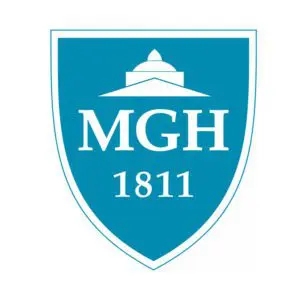Timeframe: 2020 – 2022
Goal: Model development
Principal Investigator: Nabeel Bardeesy, PhD

Study overview: While multiple FLC models have recently been developed, additional model development remains a priority for the FLC community. This effort aimed to develop multiple different FLC models as resources for the FLC research fibrolamellar cancer research community, collaborating with the Fibrolamellar Cancer Biobank established at Massachusetts General Hospital. Specimens from the biobank were used to attempt to create a series of transplant human FLC tumors grown in immune-deficient mice (patient-derived xenograft [PDX] models), three-dimensional cell culture models (3D tumor organoids), and cell lines in partnership with the Broad Institute.
Together with collaborators at the Broad Institute and throughout the FCF research network, the study team hoped to harness these newly developed models to identify genetic dependencies of the disease, better understand the molecular mechanisms underlying FLC formation and growth, and ultimately will set the stage for the development of new therapeutics.
Key Findings: Through this effort, the investigators successfully developed a new cell line model (FLX1) derived from a previously-established PDX model. The investigators reported high level of fusion protein expression in that FLX1 cell line and were able to successfully propagate it in lab as a functional cell line.
During the effort, organoids and patient derived 3D cultures proved more difficult to establish. In all, 28 patient tissue samples were received by the study team from the FCF biobank and other sources to drive PDX, cell line and organoid model development attempts. While 3 PDX models engrafted to a size allowing re-implantation and expansion, all were eventually lost to contamination, murine lymphoma or lack of fusion detection. A second established cell line (FLX2) had a histopathology more like HCC instead of FLC. For 3-dimensional organoids, growth in many attempts was good initially, but senesce (age deterioration) occurred after a limited number of passages in all cases, preventing the establishment of a useful model.
The successfully established FLX1 model has already been used by the study team to make significant advances in understanding the networks mediated by fusion signaling. Studies by Dr. Bardeesy using FLX1 have revealed that that DNAJ-PKAc inactivates three related protein kinases, the Salt-Inducible Kinases (SIKs), which in turn leads to the mitochondrial abnormalities observed in FLC. Currently, Dr. Bardeesy is exploring specifically how that DNAJ-PKAc/SIK pathway controls mitochondrial function and how the mitochondrial abnormalities contribute to cancerous growth in FLC.
Efforts are also underway to make this new FLX1 cell line broadly accessible to the research community as a research tool.
